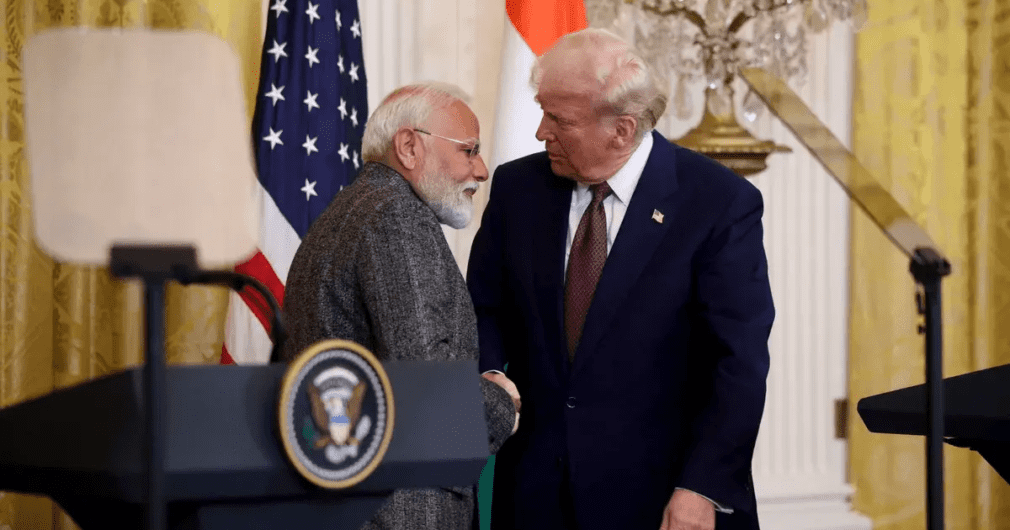The trade relationship between the United States and India has witnessed several ups and downs. In a significant move, former U.S. President Donald Trump imposed a 26% tariff on Indian goods, putting pressure on Indian Prime Minister Narendra Modi. While both leaders shared a friendly rapport, the tariff hike raised concerns over bilateral trade and economic policies.
Understanding the 26% Tariff
The 26% tariff imposed by Trump was part of his administration’s “America First” policy, aimed at reducing trade deficits and encouraging domestic manufacturing. However, this move created tension between the two nations, as India had been a key U.S. ally in Asia.
Impact on India’s Economy
The increased tariff directly affected several Indian industries, including:
- Automobile and Machinery Exports: Increased costs made Indian products less competitive in the U.S. market.
- Textile and Apparel Sector: Higher tariffs led to reduced demand for Indian garments in the U.S.
- Agriculture and Food Products: Tariffs impacted India’s spice, rice, and tea exports, affecting farmers and businesses.
How India Responded
In retaliation, India imposed tariffs on U.S. goods, including agricultural products, almonds, and Harley-Davidson motorcycles. The Modi government also explored alternative trade partners, boosting exports to Europe and Asia.
Political and Diplomatic Reactions
Despite these trade tensions, both Trump and Modi maintained a strategic partnership. They collaborated on defense, technology, and energy sectors. However, the tariff war remained a critical issue in trade negotiations.
Conclusion
Trump’s 26% tariff on India was a bold move that tested the strength of U.S.-India relations. While both leaders emphasized friendship, economic policies often took center stage. With changing global trade dynamics, future administrations continue to shape this evolving partnership

